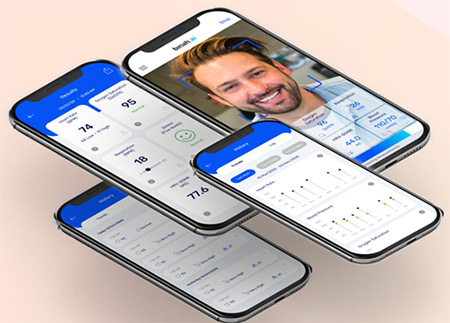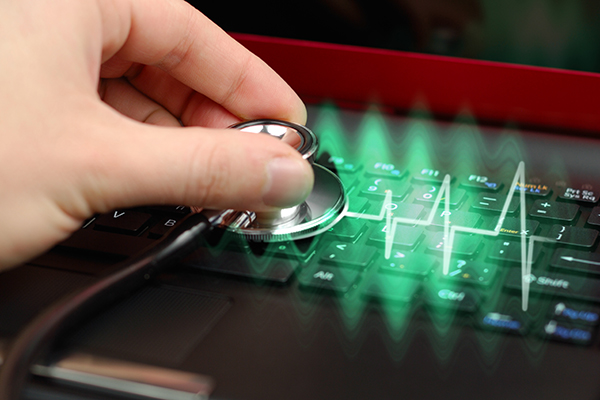
Pediatric Medical Devices Address COVID-19, 16 Companies Compete for Grants
The winning innovators will receive grant awards of upwards of $50,000.

The winning innovators will receive grant awards of upwards of $50,000.

User needs and expectations continue to advance. Medical device technology needs to keep pace. For a successful design, take the following requirements into consideration.

Investments in new processes and systems must satisfy the needs of the authorities and ensure patient safety and public confidence. Getting it right is likely to be expensive. but regulatory compliance shouldn’t be viewed purely as a cost center.

While companies developing solutions that address the current pandemic may be receiving an influx of financial support, recovery for companies in other segments of the industry is slow.

While connected capabilities and wireless technology certainly lead to greater patient care, they also expose devices to greater cybersecurity risks.

Having the ability to assess vital signs in real time could be the future of monitoring the health of travelers to help prevent outbreaks.

With the rapid growth of life tech discoveries, there is a need to adapt the patent and regulatory frameworks governing the approval, use, and protection of such discoveries.

As the proliferation of connected and complex medical devices grows, healthcare providers are more susceptible to cyberattacks.

This year’s virtual event features experts from medical device companies, hospitals and government organizations.

As COVID-19 sweeps the globe, it’s becoming increasingly difficult for medical device leaders to navigate the arising challenges and prepare for the future.